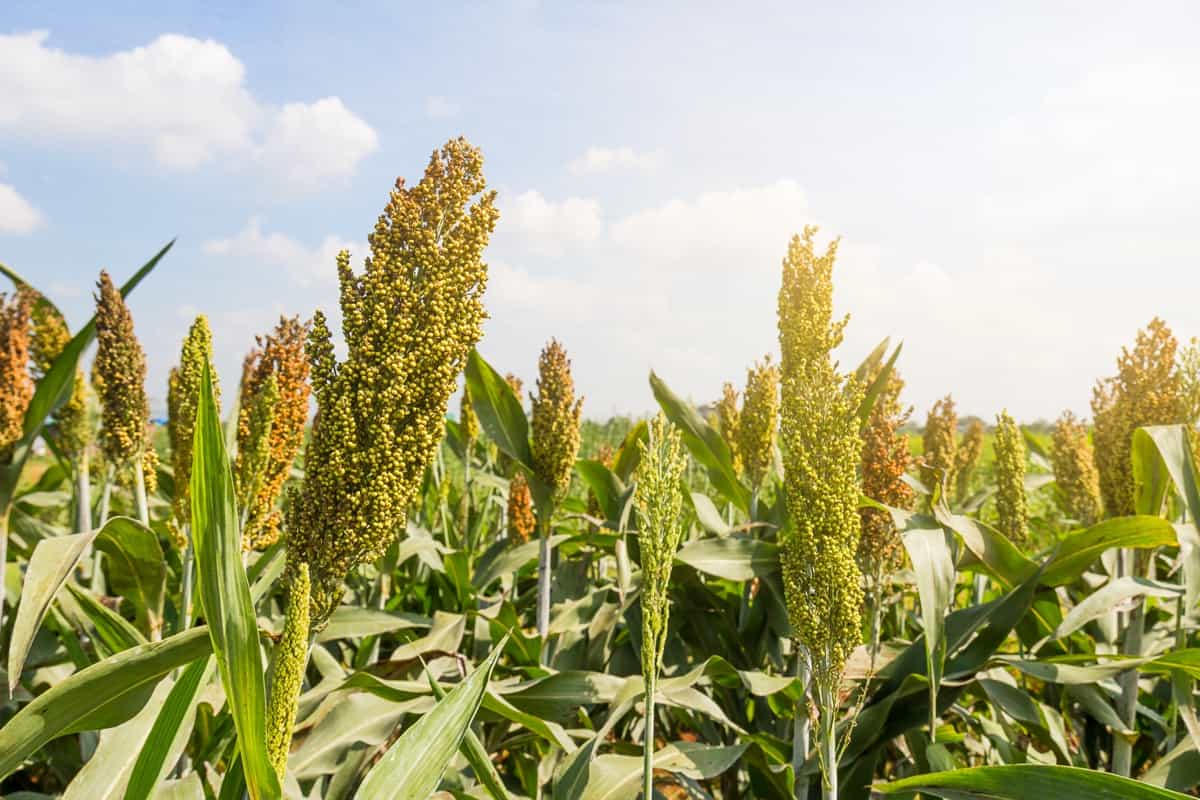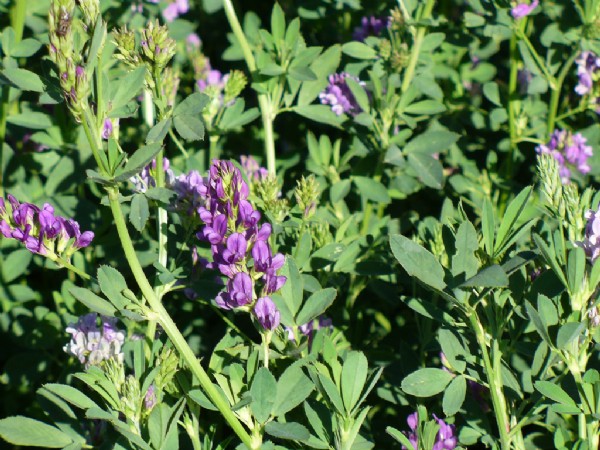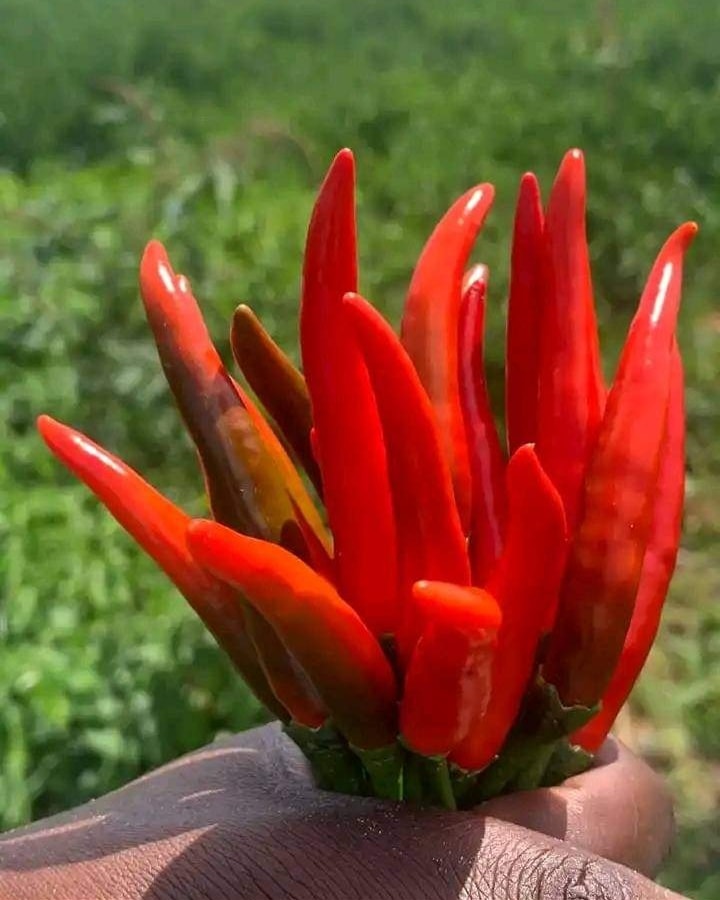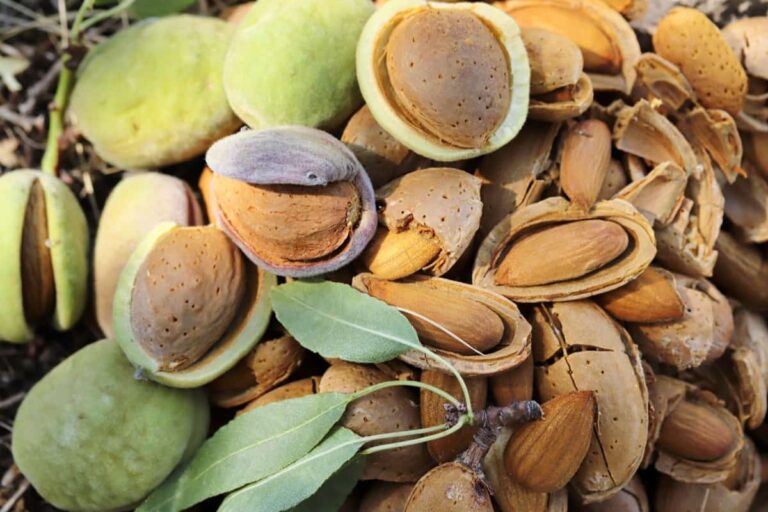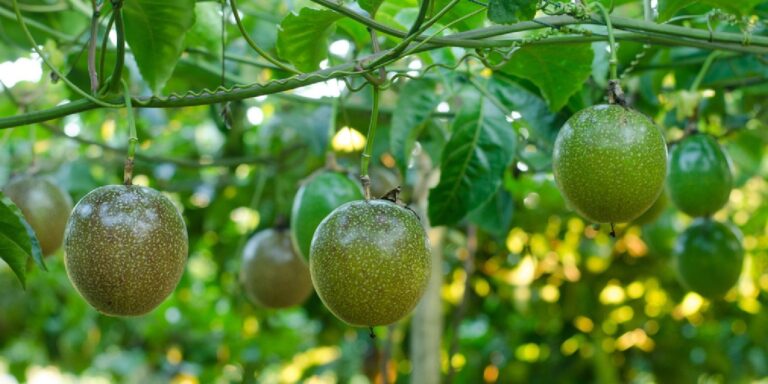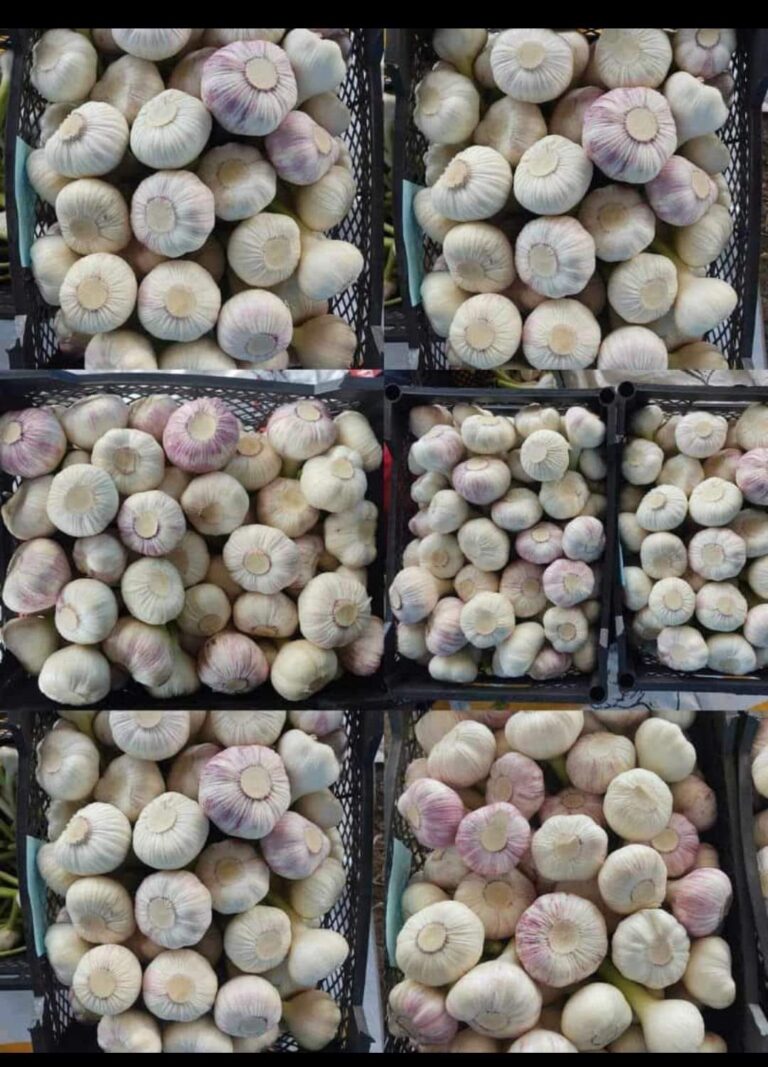Sorghum Farming Production & Yield Per Acre In Kenya
In Kenya, sorghum farming typically yields 1 to 2 tons per acre, depending on factors like soil quality and rainfall. With improved practices and varieties, yields can reach up to 3 tons per acre. Sorghum is a key drought-resistant crop, crucial for food security in arid regions.
Sorghum (Sorghum bicolor) is a vital crop in Kenya, particularly suited for regions with challenging climatic conditions such as drought or poor soil. The production and yield of sorghum can vary widely based on factors like soil quality, rainfall, and farming practices.
Production Areas
- Northeastern Kenya: Includes counties like Garissa, Wajir, and Mandera. These arid and semi-arid regions are ideal for sorghum cultivation.
- Eastern Kenya: Counties such as Kitui, Machakos, and Makueni benefit from a semi-arid climate favorable for sorghum.
- Rift Valley: Parts of Bomet, Kericho, and Uasin Gishu are also engaged in sorghum farming.
Farming Practices
- Varieties: Farmers typically grow drought-tolerant and pest-resistant varieties like H621 and H622.
- Planting: Sorghum is planted with the onset of rains, usually spaced 30 cm between rows and 15-20 cm between plants.
- Soil Preparation: Thrives in well-drained soils; preparation involves plowing and harrowing to ensure proper seed germination.
- Weed and Pest Management: Though resistant to many pests, sorghum may need measures for weed and pest control.
Yield Per Acre
- Average Yield: Typically ranges from 1 to 2 metric tons per acre, influenced by soil quality, sorghum variety, and farming practices.
- Improved Practices: With better farming methods and varieties, yields can reach up to 3 metric tons per acre, particularly in regions with efficient irrigation and soil management.
What is Sorghum?
Sorghum is a cereal grain from the grass family Poaceae, known for its ability to thrive in arid and semi-arid conditions. It comes in various forms including grain sorghum, sweet sorghum, and forage sorghum, each serving different purposes such as food, fodder, or biofuel.
Climate and Soil Requirements
- Climate: Prefers warm temperatures between 25°C and 30°C. It is a short-day plant needing about 12-14 hours of daylight.
- Rainfall: Suitable for regions with annual rainfall between 400 mm and 600 mm but can endure drought due to its deep root system.
- Soil: Ideal for well-drained, loamy soils with a pH of 5.5 to 7.5, though it can also grow in sandy and clay soils if drainage is adequate.
Sorghum Production Practices
- Land Preparation: Essential for high yields. Involves clearing, plowing, and harrowing to create a conducive environment for seed germination.
- Planting: Timing varies by region—typically aligning with the onset of rains. Recommended spacing is 60-75 cm between rows and 15-20 cm between plants.
- Crop Management:
- Irrigation: Supplemental irrigation boosts yields, especially in areas with inconsistent rainfall. Drip and sprinkler systems are effective.
- Fertilization: A soil test is recommended. Generally, 80-100 kg of Nitrogen, 40-60 kg of Phosphorus, and 40-60 kg of Potassium per hectare is advised, with split applications.
- Weed Control: Essential during early growth stages. Mechanical weeding combined with herbicides can be effective.
- Pest & Disease Management: Regular scouting and control measures for pests like stem borers and diseases like anthracnose are crucial.
Economic Benefits
- Market Demand & Prices: Sorghum is increasingly in demand due to its use in food products, animal feed, and as a gluten-free alternative. Prices typically range from Ksh 30 to Ksh 50 per kilogram.
- Profitability Analysis: Production costs per acre, including land preparation, seeds, fertilizers, and labor, are estimated at Ksh 15,000 to Ksh 20,000. With an average yield of 2 tons per acre and a selling price of Ksh 40 per kilogram, gross income can be around Ksh 80,000, resulting in a net profit of about Ksh 60,000 per acre.
By adopting modern practices and utilizing improved varieties, farmers can significantly enhance sorghum yields and profitability, contributing to food security and economic stability in Kenya.
